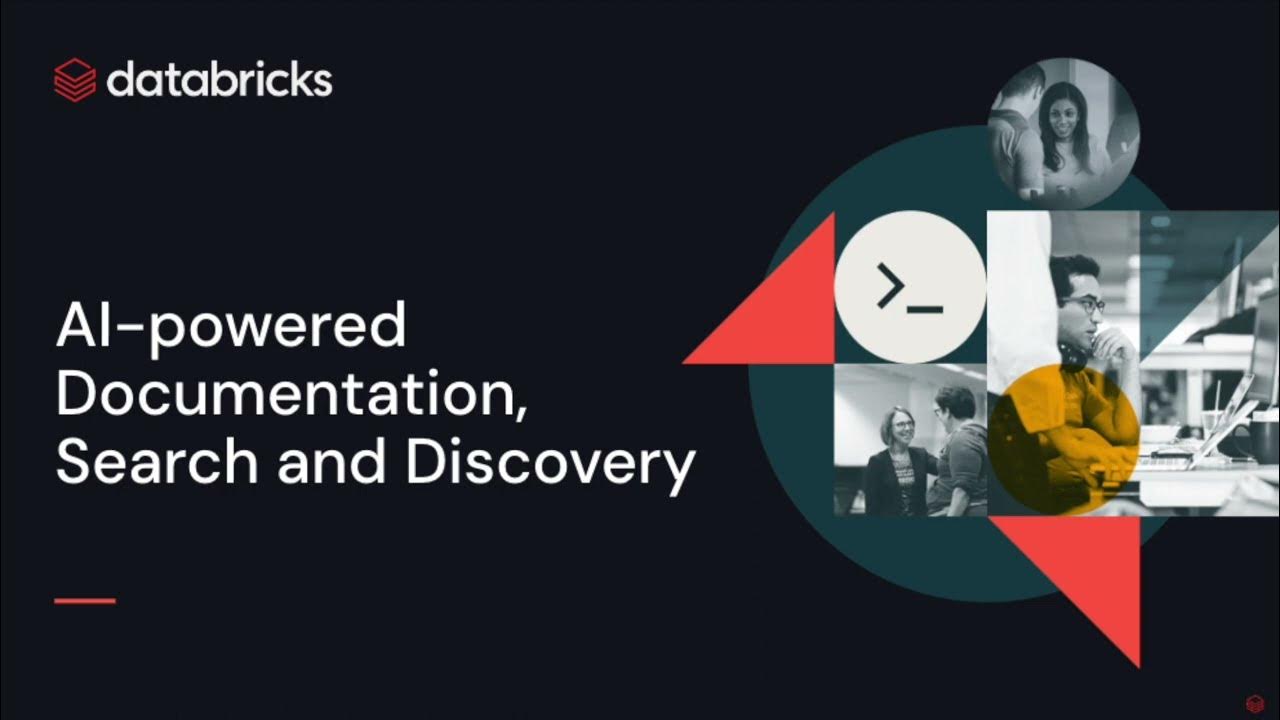Knowledge clip: Metadata
Summary
TLDRThis video script emphasizes the critical role of metadata and documentation in research data management (RDM), highlighting how they enable data discovery and reuse. It distinguishes between metadata and documentation, with metadata being structured data descriptors, essential for making data FAIR. The script covers various types of metadata, including descriptive, technical, administrative, and structural, and discusses their creation, storage, and importance in data repositories. It also touches on metadata standards, which facilitate data exchange and interoperability across different research domains.
Takeaways
- 📄 **Metadata Importance**: Metadata is crucial for Research Data Management (RDM), aiding in data discovery and reuse.
- 🔍 **Metadata Definition**: Metadata is data that describes other data, structured for machine readability.
- 🔑 **Types of Metadata**: Descriptive, technical, administrative, and structural metadata serve different purposes in data management.
- 🔎 **Descriptive Metadata**: Includes elements like title, author, and keywords to facilitate data discovery.
- 🛠️ **Technical Metadata**: Covers technical aspects such as file type, size, and access methods.
- 🏛️ **Administrative Metadata**: Deals with intellectual property rights, licenses, and access restrictions.
- 🌐 **Structural Metadata**: Indicates how datasets relate to other online resources.
- 🤖 **Metadata Creation**: Can be generated automatically by instruments or manually by researchers.
- 💾 **Metadata Storage**: May be embedded within files, stored separately, or provided via data repositories.
- 📚 **Metadata in Files**: Day-to-day digital files and discipline-specific formats often include embedded metadata fields.
- 📊 **Metadata Standards**: Standards like Dublin Core and DDI ensure interoperability and consistency across different systems.
Q & A
What is metadata in the context of research data management (RDM)?
-Metadata in RDM is data that describes other data, providing essential information about data in a structured way to make it machine-readable, facilitating its discovery, assessment, and reuse.
Why is metadata considered crucial for making data FAIR?
-Metadata is essential for making data FAIR because it allows data to be found, accessed, and reused by providing information on how to locate and utilize the data without needing to download it first.
What are the different types of metadata mentioned in the script?
-The script mentions four types of metadata: Descriptive, Technical, Administrative, and Structural metadata.
What does Descriptive metadata include and why is it important?
-Descriptive metadata includes elements like title, author, and keywords that help in discovering the data. It is important for making data easily searchable and understandable.
Can you explain the role of Technical metadata in research?
-Technical metadata provides information about the technical aspects of data or files, such as file type, size, and access methods, which are crucial for data processing and analysis.
How does Administrative metadata differ from other types of metadata?
-Administrative metadata focuses on intellectual property rights, including license, access rights, and restrictions, which are essential for managing data usage and permissions.
What is the significance of Structural metadata in data management?
-Structural metadata indicates how a dataset relates to other online resources, helping in understanding the data's context and its integration with other datasets.
How can metadata be generated and where can it be found?
-Metadata can be generated automatically by instruments or software, or manually by researchers. It can be found embedded within files, in separate files, or provided when uploading data to a repository.
What are the challenges associated with manually created metadata?
-Manually created metadata can face challenges like maintaining the link between metadata and data, ensuring machine readability, and adhering to standard formats for easy data discovery and reuse.
Why is it recommended to use metadata standards when documenting research data?
-Using metadata standards ensures consistency and interoperability across different systems and applications, making research data more accessible and reusable.
How do data repositories facilitate the FAIRness of data?
-Data repositories provide functionalities to create and manage machine-readable metadata, which increases the findability, accessibility, interoperability, and reusability of the data.
Outlines

Cette section est réservée aux utilisateurs payants. Améliorez votre compte pour accéder à cette section.
Améliorer maintenantMindmap

Cette section est réservée aux utilisateurs payants. Améliorez votre compte pour accéder à cette section.
Améliorer maintenantKeywords

Cette section est réservée aux utilisateurs payants. Améliorez votre compte pour accéder à cette section.
Améliorer maintenantHighlights

Cette section est réservée aux utilisateurs payants. Améliorez votre compte pour accéder à cette section.
Améliorer maintenantTranscripts

Cette section est réservée aux utilisateurs payants. Améliorez votre compte pour accéder à cette section.
Améliorer maintenant5.0 / 5 (0 votes)






